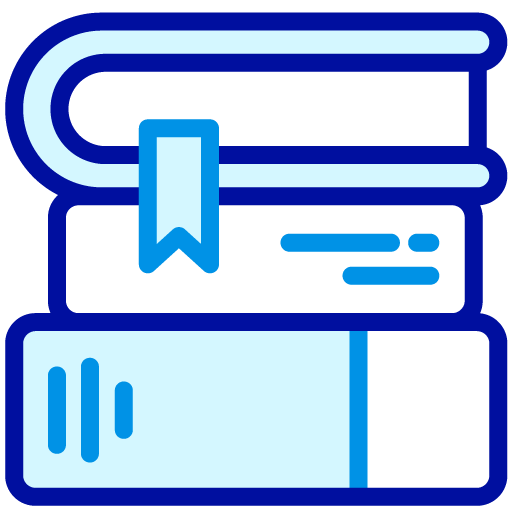
Overview
This semester-long course includes 13+ modules* each containing course materials and corresponding hands-on lab exercises with EEG data. Course materials include course lecture slides, in-class active learning exercises, suggested readings, and assessments. These modules are designed to be flexibly implemented based upon instructor interest, course level, and course purpose. We also provide a sample syllabus and course proposal templates.
Estimated teach time: 12-14 week course, with each module typically including two to three 45 – 60 minute classes.
Available Now!
*Brainstorm Version of In-Class and Take-Home Labs now available in Brainstorm Version Labs
*modules listed are undergoing a cycle of innovation and module topics may be subject to change
When using the PURSUE Full Semester Course please cite the below in any publications:
PURSUE Teaching Modules [Full Course Materials]. C. M. Bukach, J. W. Couperus, & C. L. Reed, 2022, www.pursueerp.com. CC BY-NC-SA.
Topic Modules:
Module 1: Overview of EEG/ERP
A conceptual introduction to EEG and ERP (what they are and what they are used for) and basic terminology. Provides examples of real-world applications.
Module 2: Source of the EEG Waveform
Explains how an EEG system works. Steps through EEG signal generation from neuron to waveform, including the creation of potentials and dipoles, and factors that influence the scalp distribution and waveform.
Module 3: ERP Components
An in-depth look at ERP components, including the role of averaging to reduce noise, physical characteristics and measurements, labeling conventions, and visualization. Explains how to make inferences about neural sources and cognitive associations, and introduces common ERP components.
Module 4: ERPs in Research
Introduces how ERPs are used to answer research questions, including basic research terminology, hypothesis testing and interpretation of waveform differences. Guide for reading ERP research articles.
Module 5: Experimental Design
Detailed introduction to designing ERP experiments including elements of experimental design, ERP design strategies, and setting parameters.
Module 6: Programming Experiments
Implementing the experimental design in a computer program using OpenSesame or E-prime: basic structures, inserting triggers, timing, etc.
Module 7: Recording
EEG/ERP recording and capping procedures.
Module 8: Ethics
Presentation of potential ethical issues arising in EEG/ERP studies and how to handle them. Introduces concepts of diversity and inclusion and examines exclusionary practices in ERP research.
Module 9: Data Preprocessing
Step-by-step instruction for processing raw EEG data through filtering, re-referencing, bad channel identification, baseline correction, binning, epoching, and artifact rejection.
Module 10: Averaging & Data Inspection
Creating individual averages by combining trials by condition within a data set and grand averages by combining across data sets. Using averaged data to inspect data quality.
Module 11: Data Quantification & Statistics
Introduction to extracting amplitude and latency data from ERP data and the use of statistics to compare conditions that test hypotheses.
Module 12: Data Visualization & Communication
Introduction to different plot types and the aspects of EEG/ERP data they convey. Best practices in creating waveform and scalp distribution plots to emphasize results.
Module 13: Final Project & Assessment
Suggestions for final projects: portfolio of skills, research paper using PURSUE database, novel research proposal, original data collection project, or open science/pre-registration project. Rubrics, how to generate research ideas, and other support provided.
Brainstorm Version Labs
Alternate lab versions for using Brainstorm rather than EEGlab/ERPlab.
